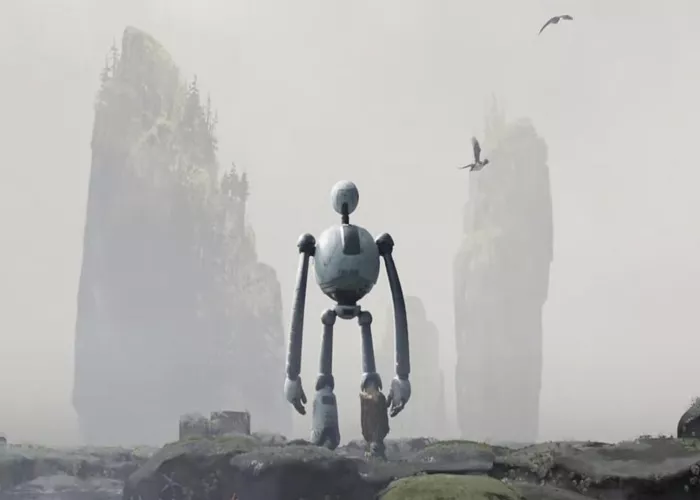The “Wild Robot” movie, based on the children’s book series by Peter Brown, is a captivating tale that delves into themes of survival, adaptation, and the relationship between nature and technology. It tells the story of Roz, an advanced robot who awakens on a remote island with no memory of her past or purpose. As she learns to survive in this new environment, she must also find her place among the island’s wildlife, leading to unexpected friendships and profound changes for all involved.
A Brief Overview
At its core, “The Wild Robot” explores what it means to belong, to adapt, and to live harmoniously within a community. The film is not only a narrative about a machine learning to be part of a living world but also a reflection on human nature, our impact on the environment, and the role of technology in our lives. This article will dissect these elements, providing insight into how “The Wild Robot” uses storytelling to address complex issues in a way that resonates with both young and adult audiences alike.
Themes Explored in the Movie
1. Survival and Adaptation
Learning to Survive
One of the central themes of “The Wild Robot” is survival. When Roz first arrives on the island, she has no knowledge of her surroundings or how to sustain herself. Through trial and error, she develops skills necessary for survival—learning to fish, build shelter, and avoid predators. Roz’s journey from a confused outsider to a capable inhabitant of the island mirrors real-life scenarios where individuals must adapt to new environments or circumstances.
Adapting to Change
Beyond mere survival, Roz’s story is one of adaptation. She not only survives but thrives by learning the rhythms of the island and forming relationships with its inhabitants. Her ability to adapt underscores a key message: change can be challenging, but it also brings opportunities for growth and transformation. This theme is particularly relevant today, as we face rapid technological advancements and environmental changes that require us to rethink our ways of living.
2. Nature vs. Technology
Coexistence of Opposites
Another prominent theme is the juxtaposition of nature and technology. Roz, a product of human innovation, finds herself immersed in a natural world untouched by modern civilization. The film poses questions about the compatibility of technology with nature and whether they can coexist without conflict. Roz’s presence challenges the animals’ initial hostility, eventually leading to mutual respect and cooperation. This dynamic serves as a metaphor for humans’ relationship with the environment, suggesting that harmony can be achieved through understanding and integration rather than domination.
Environmental Stewardship
Furthermore, the movie promotes environmental stewardship. Roz’s actions inadvertently cause disturbances in the ecosystem, such as altering food chains or disrupting habitats. However, over time, she learns to minimize her impact and even contribute positively to the island’s balance. This subplot highlights the importance of being mindful of our ecological footprint and taking responsibility for preserving natural spaces.
3. Belonging and Community
Finding One’s Place
Belonging is a universal desire, and Roz’s quest to find her place on the island reflects this deeply human need. Initially ostracized due to her differences, Roz gradually earns acceptance through acts of kindness and courage. Her story shows that belonging is not determined by similarity but by shared experiences and mutual support. This aspect of the film speaks to the value of inclusivity and the strength found in diverse communities.
Building Relationships
Relationships play a crucial role in Roz’s development. Her interactions with various animals—from a playful otter to a wise old crow—enrich her life and teach her important lessons. These bonds highlight the significance of connection and communication in overcoming barriers and fostering unity. The movie suggests that true community is built on trust, empathy, and collaboration, transcending superficial differences.
Conclusion
In conclusion, “The Wild Robot” offers more than just entertainment; it provides a thoughtful exploration of survival, adaptation, and the interplay between nature and technology. Through Roz’s compelling journey, the film invites viewers to reflect on their own lives and consider how they might better navigate change, embrace diversity, and care for the planet. It serves as a reminder that, despite our differences, we are all interconnected and have the potential to create a harmonious world together.
Related topics
Why Is the Wild Robot so Popular?
Who Are the Characters in the Wild Robot?

